In this exclusive blog post, Running SA and Women’s Recreational Running Network Ambassador, Jess Trengove, reflects on the challenges of dealing with injury as she prepares for the Rio Olympic Games at an altitude camp in Flagstaff, USA.
The final flakes from this morning’s snow fall are gracefully floating past the window and a steamy bowl of porridge with berries and yoghurt is warming my lap. Tomorrow the sun will probably be shining – that is Flagstaff! As I begin to tap away at the keyboard, I feel grateful to be spending this phase of my Olympic preparation at altitude in this picturesque part of Arizona. My first taste of Flagstaff occurred during May of last year and I had a strong feeling that I would return. There is a buzz in the thin air here that fuels the passion and determination of any runner to chase his or her greatest dreams. The strong running culture is a likely result of the trails that go for miles in all directions, the variety in terrain and scenery, ease of access to facilities and resources, a simplistic lifestyle, good food and coffee and the added bonus of altitude conditions!
Riley Cocks, Sophie Eckel and I (from South Australia’s Team Tempo), have completed our first week of training at 2,100m above sea level. As a result of a recent foot injury, I have become more acquainted with the local Summit Fitness Centre than the picturesque alpine trails that I fell in love with last year. Fortunately, however I have been able to enjoy some long walks to complement my cross-training and I will be gradually introducing running throughout my month- long stay here. Injuries are never easy but neither is running a lot of the time! Whilst it is hard to see past the inconvenience and frustration of ‘a spanner being thrown in the works’ so to speak, there is a lot to be learnt and a fair amount of positives to be taken from such an experience. I decided to put down a few thoughts that came to mind when reflecting on the process of managing this foot injury.
THE WARNING SIGNS. It so often starts out as a seemingly innocuous niggle. Something doesn’t feel quite right. Your brain busily tries to process the incoming information; “there is pain when I do this… it feels better when I try that… what change may have caused this?” etc. The mind attempts to weigh up whether this is an issue that would be best managed by modifying the current session, stopping all-together or pushing on in hope that the symptoms will fade away. In my case, a niggle was felt earlier this year that I thought I could manage. Given the nature of endurance running training, short-term niggles are not uncommon. Occasionally I will feel something that is “different from normal” that only lasts for the duration of my warm- up. Other times a few small tweaks to the training load in addition to passive or active treatment will be required to nip it in the bud. This particular foot soreness was more persistent and stubborn than I had hoped.
RIDING THROUGH THE INITIAL EMOTIONS. Ultimately we hope to avoid injuries. Despite the advice we gain from the professionals on injury prevention, the pro-active management strategies we adopt and the pearls we learn from past experiences, sometimes we still get caught out. The cause of a niggle or injury is not always clear-cut, as a variety of factors may lead to symptoms throughout the body. This is even more pertinent with over-use injuries, where a specific action can not necessarily be linked to the onset of pain. When my ‘go-to’ methods of training modification, icing, massage, mobilisation, taping etc. failed to work their magic it was clear that further investigations were required.
When finding out that a prolonged period off running is required for adequate healing to occur, the first emotions I tend to experience are confusion and frustration. Like most runners, I desperately want to do what is best for my body but at the same time, hope to not compromise preparation for upcoming races. Honest and timely communication with my coach and team of health professionals is the smartest approach. I find that everyone can work most effectively when I express my own thoughts and feelings about an injury, the behaviour of my symptoms, a detailed training history and my upcoming goals. Once a diagnosis has been made it is time to listen, learn and question (in order to learn more) and then come up with a plan that the health professionals, athlete and the coach are happy with.
EMBRACING THE SITUATION. When a thought of frustration or vulnerability with respect to my own injury pops up, I tell myself to regain perspective. There are people dealing with much greater challenges and hardships. An injury that stops me from running still allows me to train, work hard and lead a healthy lifestyle. No-one knows the perfect formula to prepare for a race at any one time and who is to say that one’s initial plan was better than what an adjusted plan could or will be? For this particular injury, Adam Didyk (my coach) and I put together a strategy that aims to make me into the best athlete and runner I can be in the given circumstances. No preparation has ever been the same for my six marathons and this one won’t be either. It is both exciting and nerve-wracking at times to embrace a new approach and see what is possible.
A FEW MORE POSITIVES. The enhanced flexibility with my training times has allowed me to take on opportunities that I may not have otherwise. I recently completed an eight-week Elite-athlete mentoring course, developed by Stewart McCully in Adelaide. This introduced me to some amazing athletes and presenters, who have taught me a lot about the business of being an athlete and how to get the most out of myself both on and off the track. Michelle Stanton’s ‘Getting in the Zone’ training provided timely lessons on how to free the mind of unnecessary stressors to focus on what is most important. Furthermore, my change in training schedule has enabled me to take-up more opportunities to catch up with friends. The fun and chats that we have shared have been very important in the process of working through this injury. I also recognise that this period provides a fantastic opportunity to prioritise working on areas of my body that require strengthening – something I have less energy for when undertaking heavy running training.
CROSS-TRAINING. Initially cross training was a huge mental battle for me. Five minutes of looking at the data screen in front of me felt more like twenty. Scheduling cross-training sessions, accessing the appropriate resources and co-ordinating these commitments with more healthcare appointments than usual can be challenging – especially when a runner is already not able to train in the way that their body tells them it wants to. I try to play games with my mind to ease the mental pressure and have found that creating ‘sessions’ on the cardio equipment makes time pass much faster. Fartleks, repetitions, ladder intervals… they all spice it up a little more than one long, steady effort. I set myself new challenges and add variety to sessions with Adam’s experienced guidance. As my body has become more conditioned to new forms of exercise, I have been able to push myself harder and gain a greater sense of satisfaction from the training.
This has been a long write-up but I hope it has provided one or two pointers that will help other runners to deal with the complexities of injury. I can assure you that running is never taken for granted in the weeks, months and hopefully years following injury that requires time-off running. Whilst the process of returning to running is often slow and requires patience, be sure to enjoy every baby step when you do run. I know that I certainly will be and am more excited than ever about setting foot on the streets of Rio this August.
I would like to thank everyone who provided support or inspiration in one way or another – it means more than you probably realise.
Thank you : )
Jessica Trengove
Running SA and Women’s Recreational Running Network Ambassador
The Women’s Recreational Running Network is a free women’s run group in Adelaide, South Australia and is an initiative of Running SA and the Adelaide City Council’s Active Ambassador program. For more information visit www.runningsa.com.au/WRRN


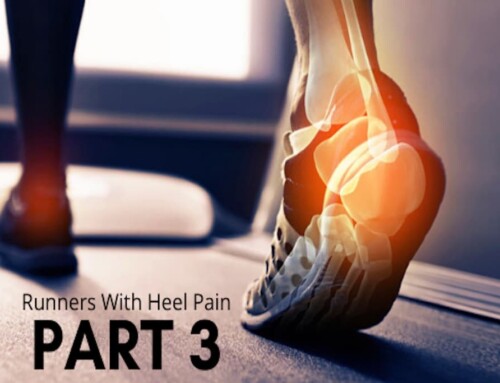
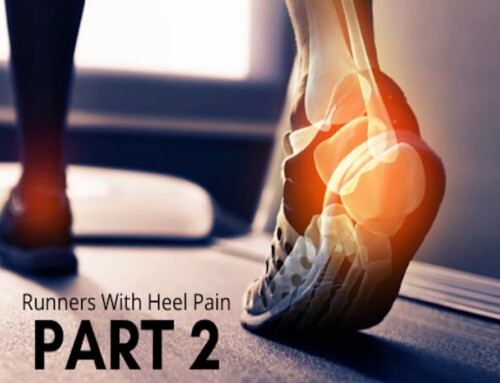
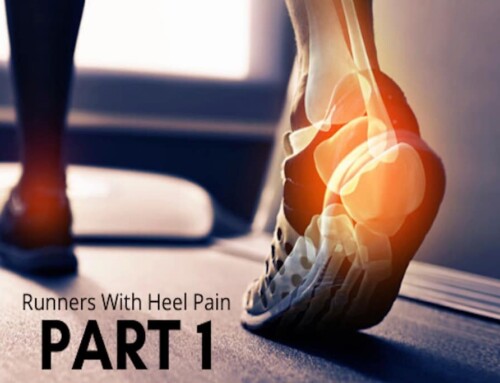
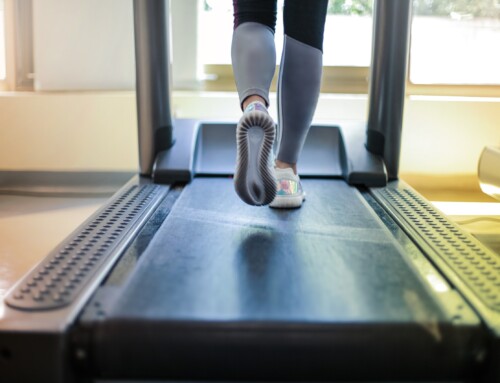
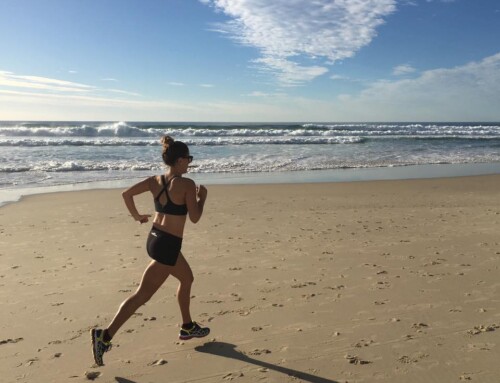
Leave A Comment